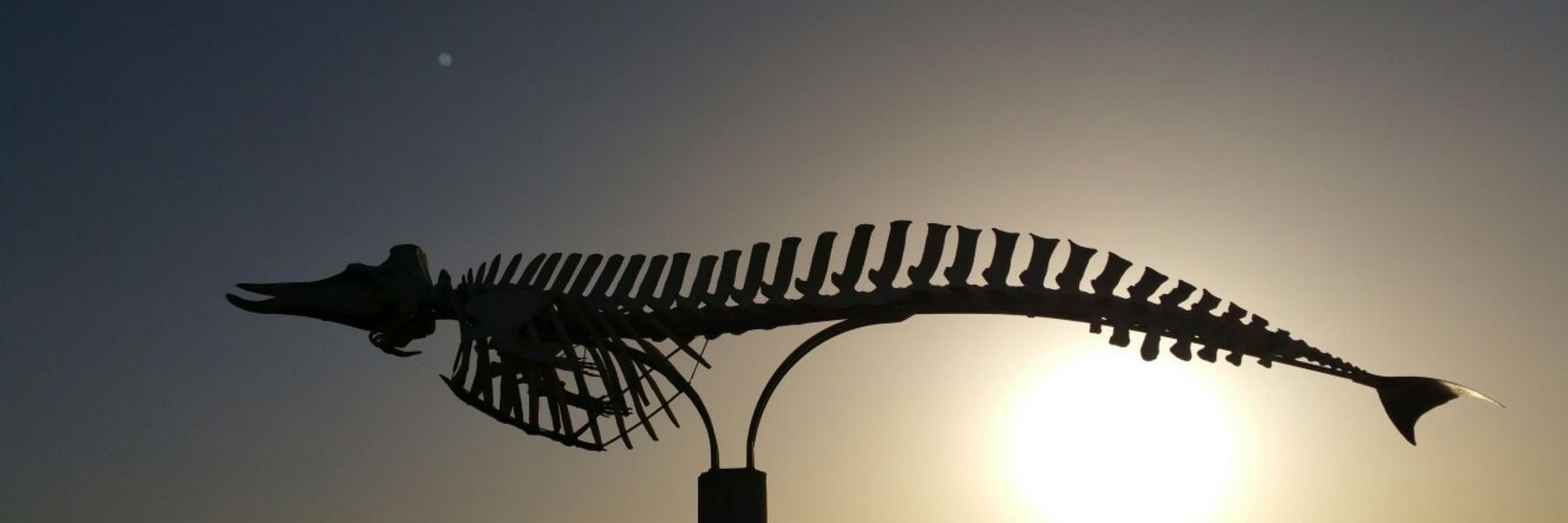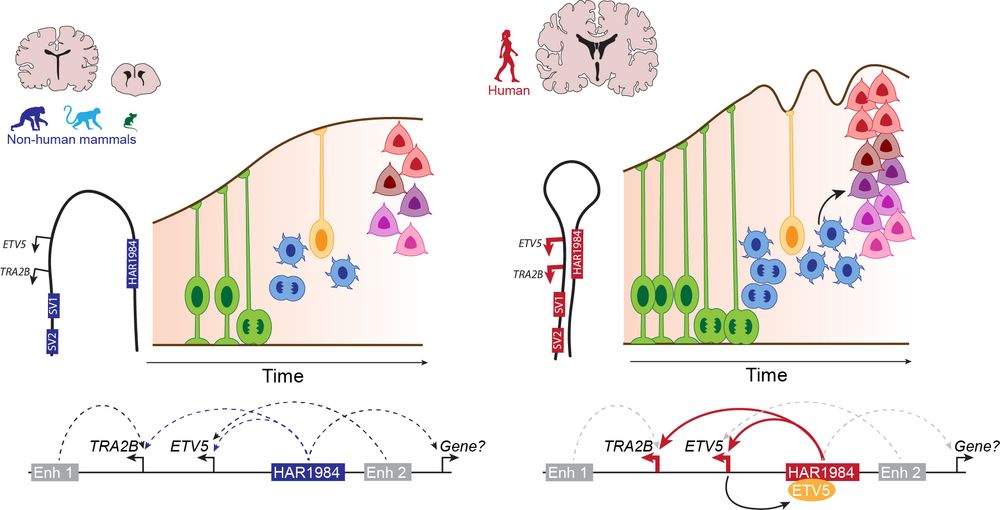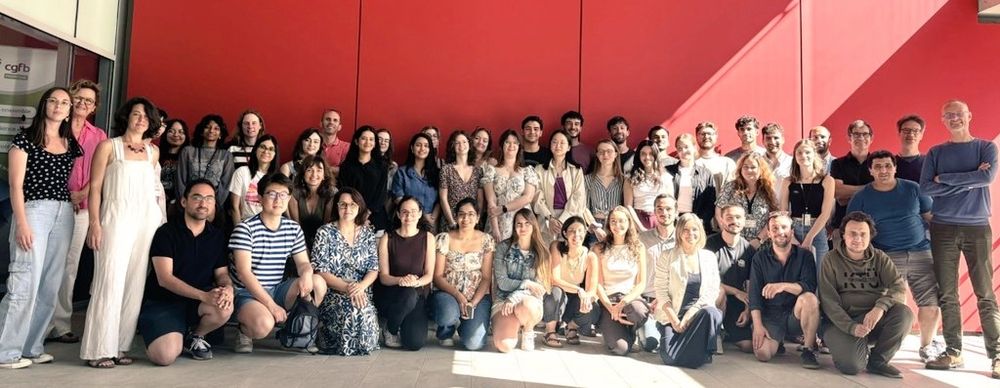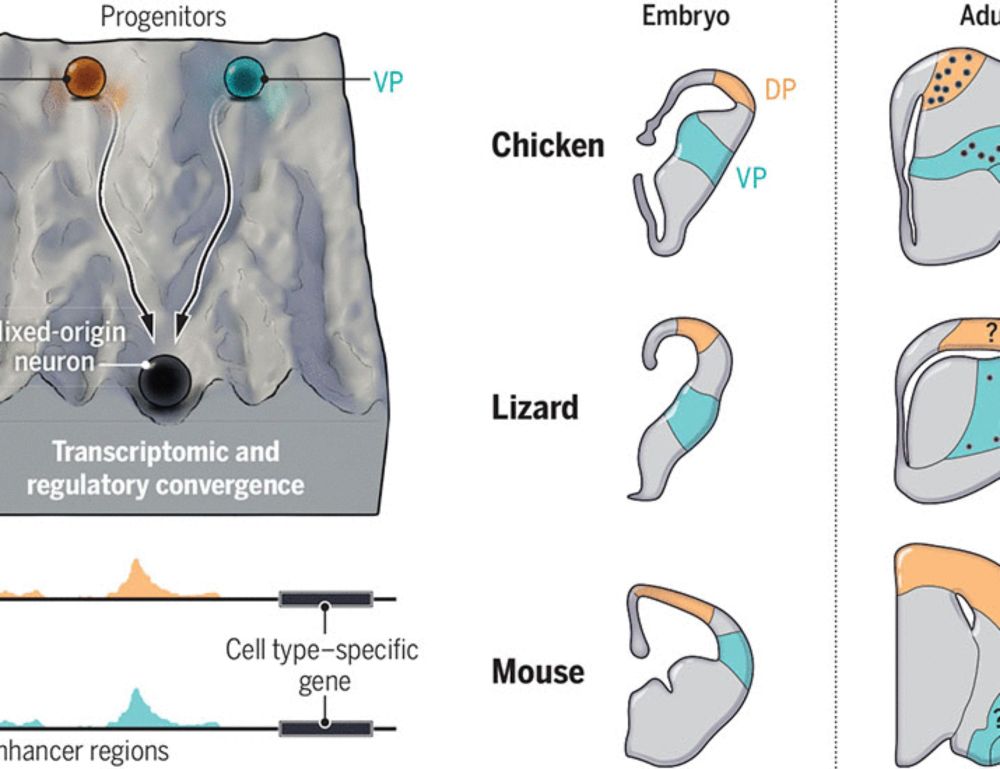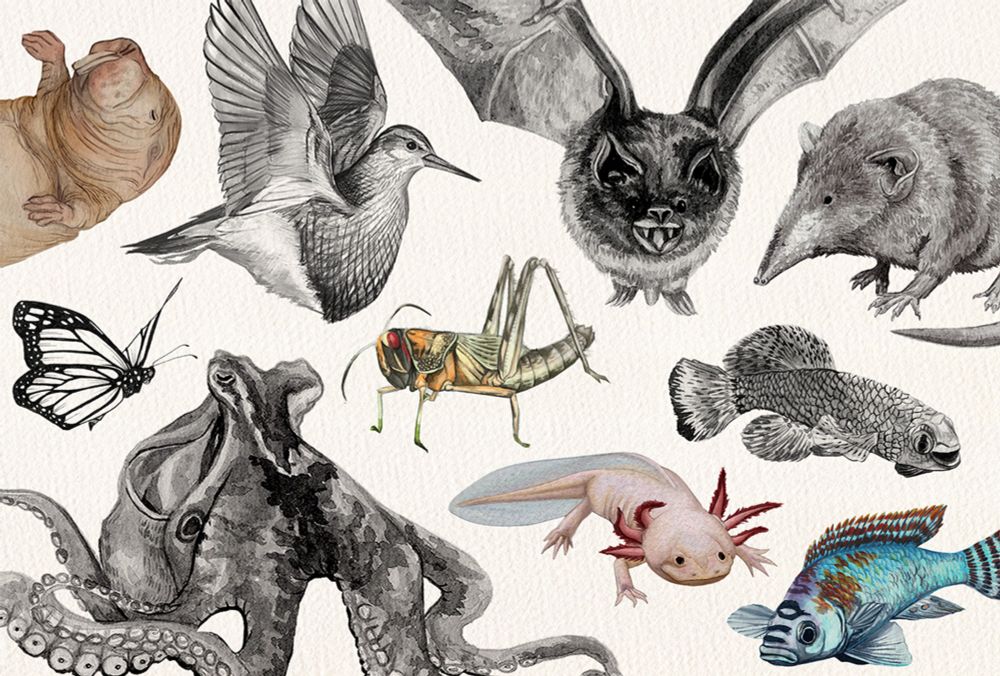Sara Zeppilli
@sarazeppilli.bsky.social
110 followers
160 following
21 posts
Slow Development, Evolution, Cerebral Cortex.
Postdoc in the Arlotta lab at Harvard University | Formerly neuroscience PhD in the Fleischmann lab at Brown University | 🇮🇹🍝
Posts
Media
Videos
Starter Packs
Pinned
Reposted by Sara Zeppilli
Sara Zeppilli
@sarazeppilli.bsky.social
· Jul 12
Sara Zeppilli
@sarazeppilli.bsky.social
· Apr 11
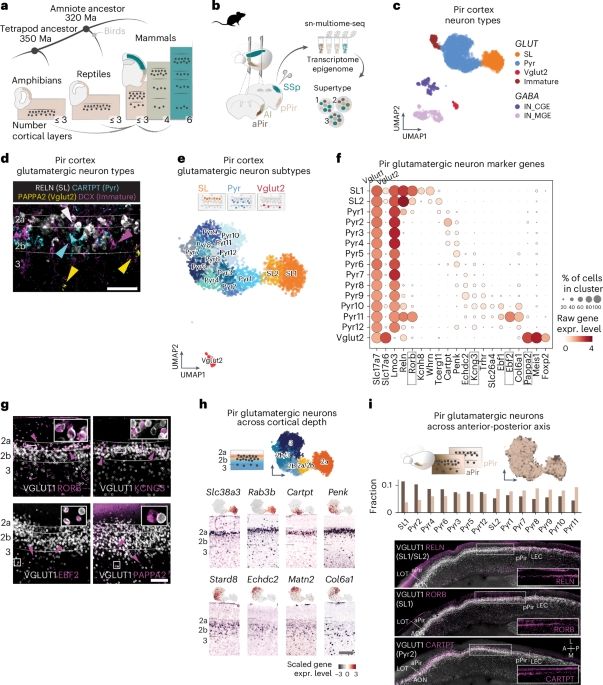
Single-cell genomics of the mouse olfactory cortex reveals contrasts with neocortex and ancestral signatures of cell type evolution - Nature Neuroscience
This study uses single-cell sequencing to investigate the diversification of cortical cell types during evolution. Comparisons across brain regions and species identify molecular signatures of ancestr...
www.nature.com
Sara Zeppilli
@sarazeppilli.bsky.social
· Apr 11

Single-cell genomics of the mouse olfactory cortex reveals contrasts with neocortex and ancestral signatures of cell type evolution - Nature Neuroscience
This study uses single-cell sequencing to investigate the diversification of cortical cell types during evolution. Comparisons across brain regions and species identify molecular signatures of ancestr...
www.nature.com
